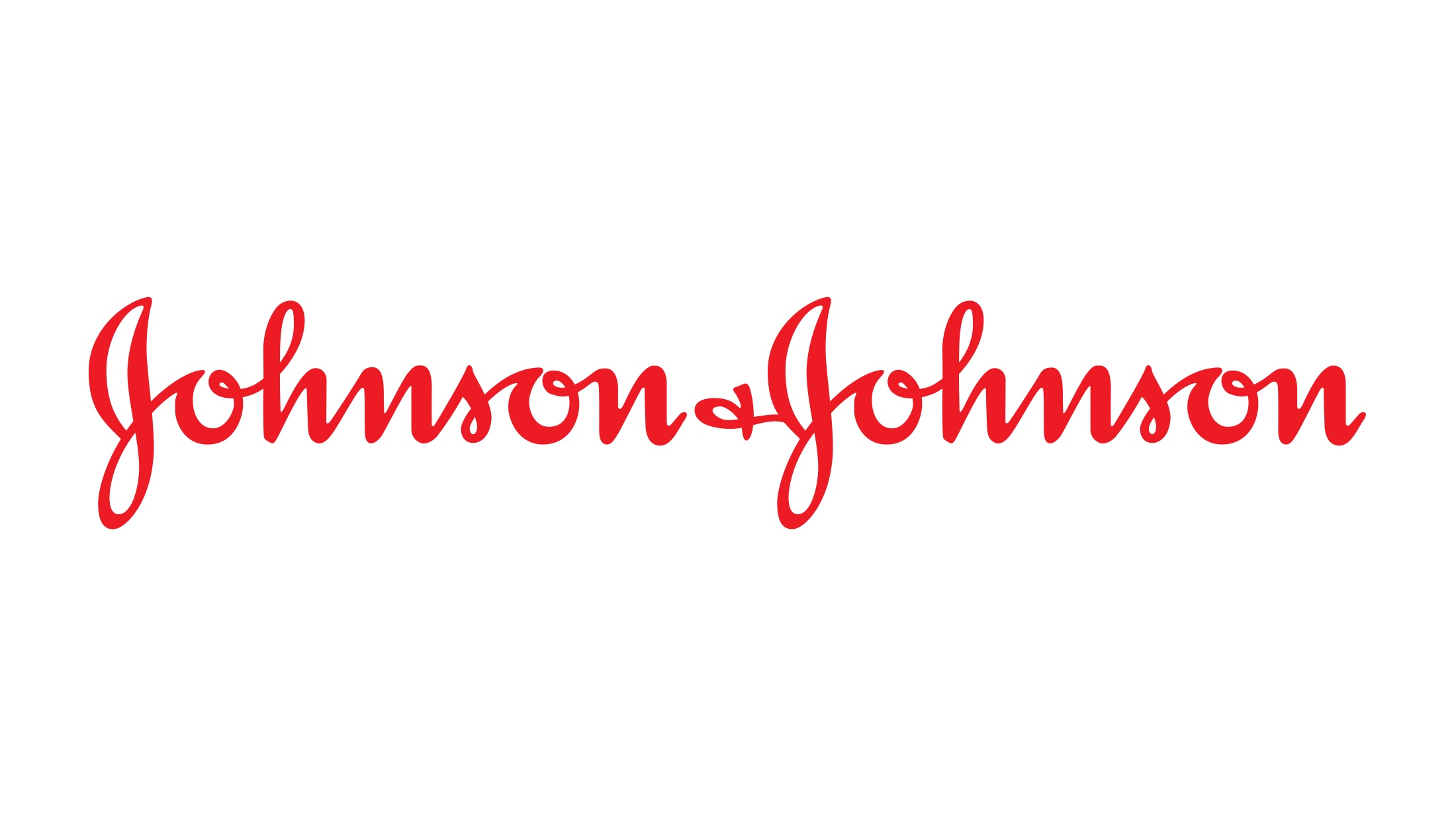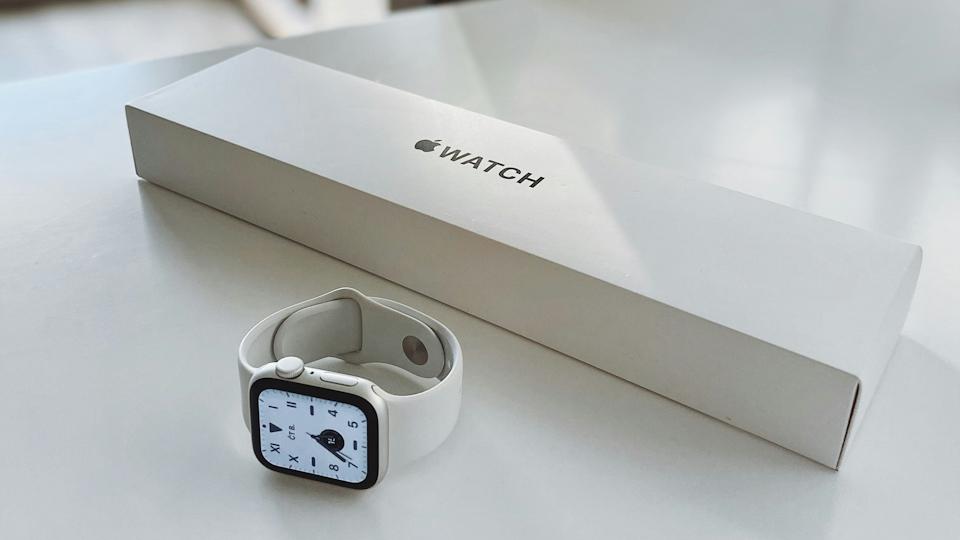Johnson & Johnson: Partnering to eliminate disease

J&J’s global head of external innovation communication on how partnerships are fuelling the company's vision for a World Without Disease.
In January Johnson & Johnson announced that it would be collaborating with tech giant Apple in a multi-year research study to analyse the impact of Apple Watch on the early detection and diagnosis of atrial fibrillation.
The programme will investigate whether using an app from J&J in combination with Apple Watch's irregular rhythm notifications and ECG app could accelerate the diagnosis of atrial fibrillation, potentially improving outcomes in stroke.
“Based on the insights from this study we hope that we’ll be able to detect other health conditions earlier,” says Oliver Stohlmann, J&J’s global head of external innovation communication, adding that these insights could help inform how earlier detection can be achieved with other wearable instruments and sensors too.
While partnerships like this may seem routine, for Stohlmann and J&J they mark another important step in the company’s World Without Disease initiative, which has the bold aim of eliminating disease globally.
Stohlmann explains: “We hope to achieve this through three approaches – earlier and better prevention, disease interception when patients have very early symptoms, or using cures when the disease is further along. The earlier you can detect a disease the higher the chances typically are that it can be cured.
“To succeed with this, we need to know a lot about the disease and the science behind it, and ideally then, like we’re doing with Apple, pair our medical and healthcare knowledge and our science with a partner’s innovation, in this case technology.”
He adds: “To form successful partnerships that ultimately benefit patients takes deep scientific expertise, as well as experience in how to partner successfully, plus capabilities like how to run clinical trials on a global scale, how to collaborate with regulatory agencies, etc. I think that’s why many entrepreneurs and companies seek to partner with us or with others who have that know-how, because often what I see is a relatively small startup with fantastic ideas but who are lacking the resources to be able to further develop that idea, let alone bring it to patients, and especially on a global basis.”
When searching for successful partnerships, Stohlmann says that J&J looks for a combination of three factors:
“One is unmet need. We want to make a transformational difference for people, so we’re looking for areas where the need is big and we can make a major difference.
“Number two is the quality of the science or technology and how promising it is. And that leads back to the first point, where we need to see how the science is going to make a difference. It might be very exciting science but if it is being worked on by dozens of other companies we have to ask ourselves if we’ll really be able to make that difference.
“Thirdly, it needs to fall into one of our areas of strategic focus that each business sector of Johnson & Johnson applies. For instance, around ten years ago our pharmaceutical division made the strategic decision to focus on only a small number of selected diseases. That’s hard, because you are then making deliberate decisions to not focus on many more disease areas and patient needs. But by concentrating our investment, our time, effort and staff into those specific areas we saw a tremendous success rate in the following years.”
The early innovation collaborations themselves can take many forms.
“We often partner with companies who continue to develop their science externally, and when it’s ready we bring it into J&J for accelerated development. Sometimes we purchase it, sometimes we will license a product, other times we’ll provide venture capital to a startup pursuing promising science or technology. Sometimes it’s other forms of collaboration like the joint research study with Apple.
“We also incubate startups through our Johnson & Johnson Innovation,JLABS facilities, where we offer them lab space and other support with no strings attached. They can develop their product without large expenses and focus on what they are best at: their science and making their idea ready for the consumer. If then it looks interesting and falls into our strategic focus, we may sit down and discuss whether they’d like to tighten that partnership – but they’re completely independent and don’t have to promise us anything.”
Stohlmann says he often gets asked whether the World Without Disease strategy conflicts with or even cannibalises the traditional business model of the pharmaceutical industry and J&J, which essentially focuses on developing treatments to manage disease. “Around the world, patients will continue to need powerful treatments and therapies to combat disease and restore health. That business will continue to be extremely important,” he says. “However, we do see enormous potential to shift the paradigm increasingly away from today’s ‘disease care’ approach to real health care, by increasing focus on preventing, intercepting and curing disease rather than waiting until someone gets sick to do something about it. At J&J, we are developing this strategy in parallel to our core business that will continue to be very important.”
And Stohlmann is a strong personal believer in the vision.
“It’s the main reason why years ago I made the decision to join Janssen, the pharmaceutical companies of Johnson & Johnson,” he says, “In one of my interviews, Dr. William Hait, the head of Janssen R&D at the time, described this bold and ambitious vision. The way he talked about it felt like he really meant it – it wasn’t just a chat up line for a candidate – and I remember walking away from that conversation hooked. In the meantime, that vision has grown into a robust strategy with initial focus on lung cancer. There are people and budgets invested in this, and jointly with our external partners we’re really having a go at it.
“It’s hugely inspiring, too,” he adds. “If we can eliminate just a few serious diseases in the next decade or two like lung cancer or Alzheimer’s, just imagine what a difference that would make to humanity and the healthcare systems around the world.”
About the interviewee
 Oliver Stohlmann is global head, external innovation communication at Johnson & Johnson. He leads the development and execution of comprehensive communication strategies to enhance the visibility and reputation of Johnson & Johnson in the field of partnering with the best external science and innovation around the world. He oversees communications for J&J’s four global Innovation Centers, JLABS, JJDC, the company’s cross-sector R&D initiatives and World Without Disease Accelerator unit.
Oliver Stohlmann is global head, external innovation communication at Johnson & Johnson. He leads the development and execution of comprehensive communication strategies to enhance the visibility and reputation of Johnson & Johnson in the field of partnering with the best external science and innovation around the world. He oversees communications for J&J’s four global Innovation Centers, JLABS, JJDC, the company’s cross-sector R&D initiatives and World Without Disease Accelerator unit.












